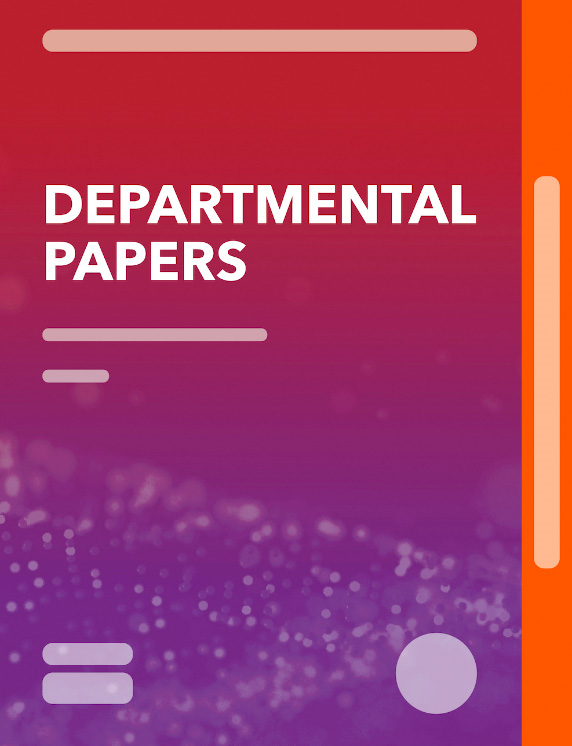State-Contingent Debt Instruments for Sovereigns
May 22, 2017
Summary
Background. The case for sovereign state-contingent debt instruments (SCDIs) as a countercyclical and risk-sharing tool has been around for some time and remains appealing; but take-up has been limited. Earlier staff work had advocated the use of growth-indexed bonds in emerging markets and contingent financial instruments in low-income countries. In light of recent renewed interest among academics, policymakers, and market participants—staff has analyzed the conceptual and practical issues SCDIs raise with a view to accelerate the development of self-sustaining markets in these instruments. The analysis has benefited from broad consultations with both private market participants and policymakers. <br>
<br>
The economic case for SCDIs. By linking debt service to a measure of the sovereign’s capacity to pay, SCDIs can increase fiscal space, and thus allow greater policy flexibility in bad times. They can also broaden the sovereign’s investor base, open opportunities for risk diversification for investors, and enhance the resilience of the international financial system. Should SCDI issuance rise to account for a large share of public debt, it could also significantly reduce the incidence and cost of sovereign debt crises. Some potential complications require mitigation: a high novelty and liquidity premium demanded by investors in the early stage of market development; adverse selection and moral hazard risks; undesirable pricing effects on conventional debt; pro-cyclical investor demand; migration of excessive risk to the private sector; and adverse political economy incentives.
<br>
The economic case for SCDIs. By linking debt service to a measure of the sovereign’s capacity to pay, SCDIs can increase fiscal space, and thus allow greater policy flexibility in bad times. They can also broaden the sovereign’s investor base, open opportunities for risk diversification for investors, and enhance the resilience of the international financial system. Should SCDI issuance rise to account for a large share of public debt, it could also significantly reduce the incidence and cost of sovereign debt crises. Some potential complications require mitigation: a high novelty and liquidity premium demanded by investors in the early stage of market development; adverse selection and moral hazard risks; undesirable pricing effects on conventional debt; pro-cyclical investor demand; migration of excessive risk to the private sector; and adverse political economy incentives.
Subject: Bonds, Financial instruments, Fiscal policy, Fiscal risk, Investment, Risk management, Sovereign debt
Pages:
---
Volume:
---
DOI:
---
Issue:
---
Series:
Policy Papers
Stock No:
---
ISBN:
---
ISSN:
---






